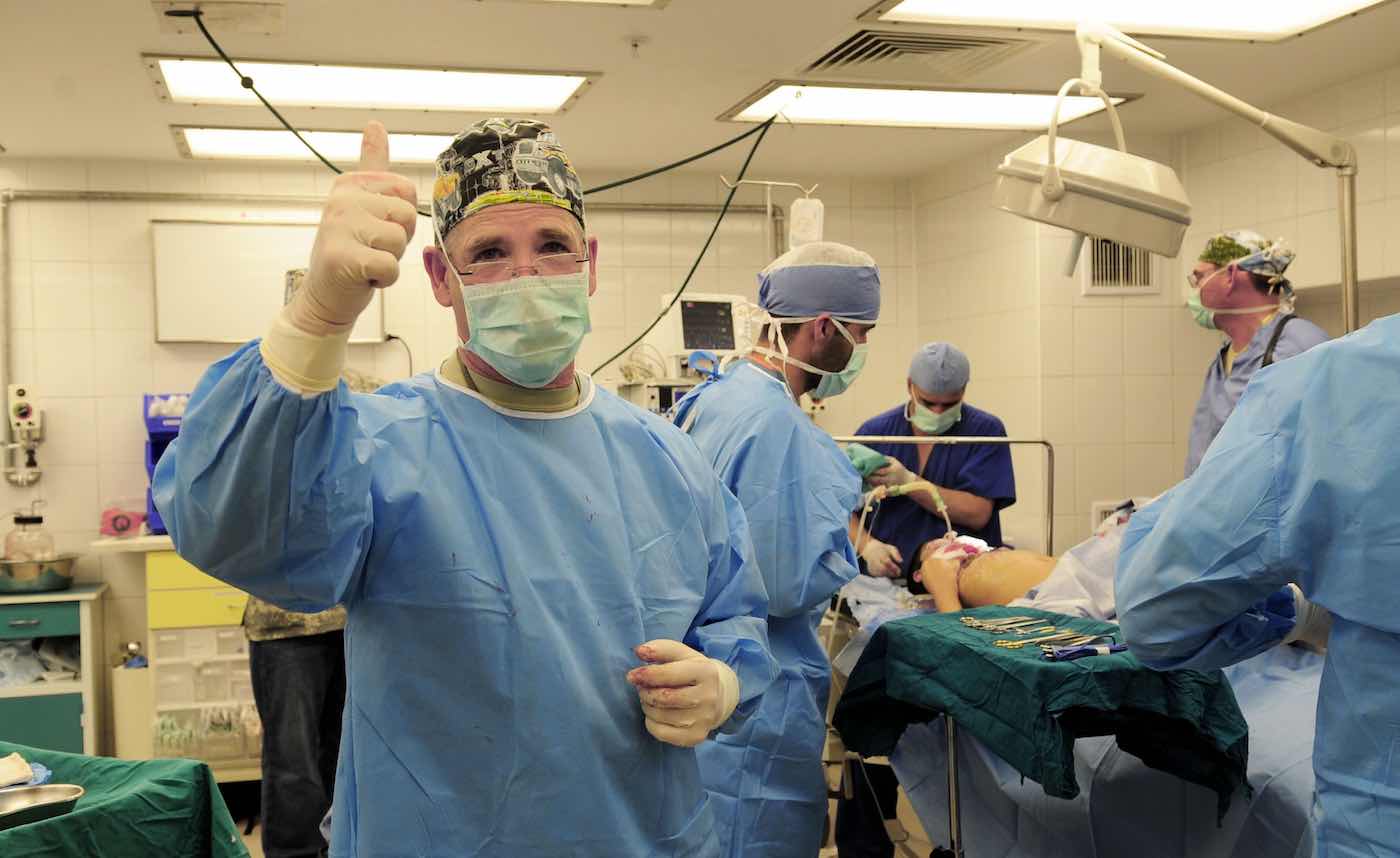This “game-changing” new medical procedure is expected to save thousands of people with its promise to halve the amount of patients on liver transplant lists waiting for a reprieve.
The procedure, which was approved for use in the UK this week, uses a perfusion machine to keep donated livers viable for transplantation for three times longer than current methods. The machine works by reducing the rate of tissue deterioration that occurs after the liver has been removed from the donor and extends how long the liver can be stored before transplantation.
Variations of the technique can also allow the liver to be flushed with blood at body temperature and supplied with oxygen, medications, and nutrients, which allows its viability and function to be assessed.
Liver transplantation is a highly successful treatment for end-stage liver disease, which kills 11,000 people a year in England. By the end of the 2017 fiscal year in March 2018, there were 1,043 liver transplants in the UK and 359 patients on the UK active transplant list, according to NHS Blood and Transplant.
Now that the procedure has been assessed and approved by the National Institute of Health and Care Excellence (NICE), the organization issued final guidelines which recommend that the procedure be used under special arrangements as more data is gathered into its efficacy. However, NICE’s independent advisory committee did not identify any major safety concerns.
Surgeons undertaking the procedure must inform patients about the uncertainty of the procedure’s efficacy, comply with the relevant regulatory and legal requirements of the Human Tissue Authority and should enter details about all patients having this procedure into the NHSBT UK transplant registry.
“In the 30 years I’ve been involved with transplantation, there have been three or four events which have been game-changers and I’m absolutely certain we are looking at a game-changer that will change the way we practice organ storage and transplantation,” said Professor Darius Mirza, Consultant Transplant Surgeon at University Hospitals Birmingham NHS Foundation Trust.
MORE: UCLA Surgeons Develop Simple Spray Gel to Super-Charge Immunity and Prevent Cancer From Returning
“It is already changing practice at the centers that have been able to use this technology either within clinical trials or within an expansion of service evaluation.”
Professor Kevin Harris, program director and clinical advisor for the Interventional Procedures Programme at NICE, said: “This procedure offers hope for patients needing a liver transplant. It offers another way of preserving the liver, and assessing whether livers which might have previously been considered unsuitable, can be used safely.
“The latest evidence reviewed by a NICE committee concluded that the procedure worked well and was safe to be offered to patients who had been fully informed of the risks and benefits. Clinicians should seek approval from their trust’s management and record all data from the procedure in a database.
“By using this procedure, more patients on the organ transplant waiting list could be offered a chance of a transplant and there-by potentially extending their lives.”
CHECK OUT: Scientists Develop Molecule That Can Finally Help Stop Arthritis From Wearing Down Joints
45-year-old Sue Bennett, a mother-of-three from Ranton in Staffordshire, had a liver transplant using this new technique in 2015. She recalled her experience by saying: “I signed up for the trial not knowing I would be one of the first to have this procedure in the country. Before my transplant, I was very ill. I was losing weight, I couldn’t sleep and my quality of life was quite low.
“I had a transplant after the hospital found a donor who was a match. The liver was kept alive using this procedure overnight and I was able to have the operation the following day. Nine days later I was back home,” says Bennett. “My life is unbelievably wonderful. I’m very healthy, I’m very happy and very active. I think I‘ve been very lucky.”
John Forsythe, associate medical director at NHS Blood and Transplant, said: “There has been a huge amount of research in the area of preservation and perfusion methods that allow us to both assess precious donor organs and to enhance their function. This could potentially mean the organ works better and improve transplant outcomes.”
Vanessa Hebditch, director of policy at the British Liver Trust, said: “Every year hundreds of people with advanced liver disease die whilst waiting for a transplant.
“This new device offers real hope as it may improve transplant outcomes and allow livers that were previously thought to be unsuitable to be used and also increase the time that livers are able to be kept.
“It is an exciting development that has the potential to shorten waiting list times and reduce mortality rates from advanced liver disease. After transplant, the vast majority of people go on to lead full and healthy lives and it is truly amazing to see the transformation.”
(Source: University of Birmingham)
Cure Your Friends Of Negativity By Sharing The Good News To Social Media – File photo by U.S. Air Force / Senior Airman Nancy Hooks




















